Rising Demand for Customization
The Commercial Beverage Blender Market experiences a notable increase in demand for customized beverage options. Consumers are increasingly seeking personalized drinks that cater to their specific tastes and dietary preferences. This trend is particularly evident in cafes and restaurants, where establishments are investing in high-quality blenders to create unique smoothies, juices, and cocktails. According to recent data, the market for customized beverages is projected to grow at a compound annual growth rate of approximately 6% over the next five years. This shift towards customization not only enhances customer satisfaction but also drives sales, compelling businesses to adopt advanced blending technologies to meet evolving consumer expectations.
Growth of the Foodservice Sector
The Commercial Beverage Blender Market is significantly influenced by the expansion of the foodservice sector. As dining establishments, including restaurants, cafes, and bars, continue to proliferate, the demand for efficient and versatile blending equipment rises. The foodservice industry has shown resilience, with a projected growth rate of around 4% annually. This growth is attributed to changing consumer lifestyles and preferences for dining out. Consequently, foodservice operators are increasingly investing in commercial blenders to enhance their beverage offerings, streamline operations, and improve overall customer experience. The integration of innovative blending solutions is likely to play a crucial role in the competitive landscape of the foodservice sector.
Sustainability and Eco-Friendly Practices
The Commercial Beverage Blender Market is increasingly influenced by sustainability and eco-friendly practices. As consumers become more environmentally conscious, there is a growing demand for products that align with sustainable values. This trend is prompting manufacturers to develop energy-efficient blenders and utilize recyclable materials in their production processes. The market for eco-friendly blending equipment is projected to expand, as businesses seek to reduce their carbon footprint and appeal to environmentally aware consumers. By adopting sustainable practices, companies not only enhance their brand image but also contribute to a more sustainable future, which is becoming a crucial factor in consumer purchasing decisions.
Increased Focus on Health-Conscious Products
The Commercial Beverage Blender Market is witnessing a surge in health-conscious product offerings. As consumers become more aware of the nutritional value of their food and beverages, there is a growing preference for smoothies, protein shakes, and fresh juices. This trend is reflected in the rising sales of health-oriented beverages, which have seen an increase of approximately 8% in recent years. Consequently, commercial establishments are investing in high-performance blenders that can efficiently process fruits, vegetables, and other healthful ingredients. This focus on health not only aligns with consumer preferences but also encourages businesses to innovate their beverage menus, thereby enhancing their market competitiveness.
Technological Innovations in Blending Equipment
The Commercial Beverage Blender Market is significantly shaped by ongoing technological innovations. Advances in blending technology, such as smart blenders with programmable settings and enhanced motor capabilities, are transforming the way beverages are prepared. These innovations not only improve blending efficiency but also ensure consistency in product quality. The market for advanced blending equipment is expected to grow, driven by the increasing demand for high-performance blenders in commercial settings. As businesses seek to optimize their operations and reduce preparation time, the adoption of cutting-edge blending technologies is likely to become a key differentiator in the competitive landscape of the beverage industry.


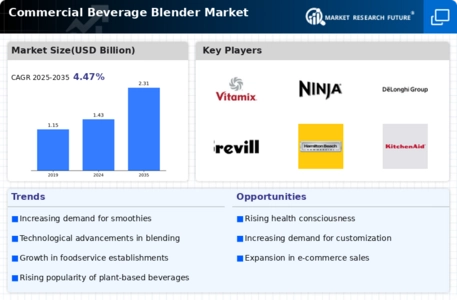
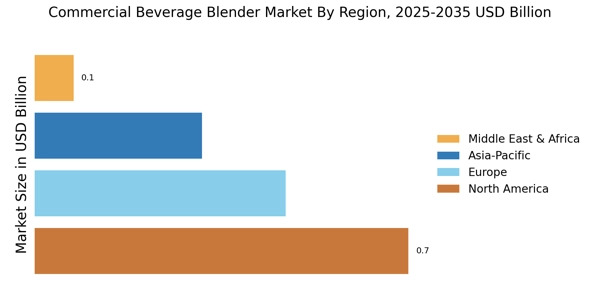
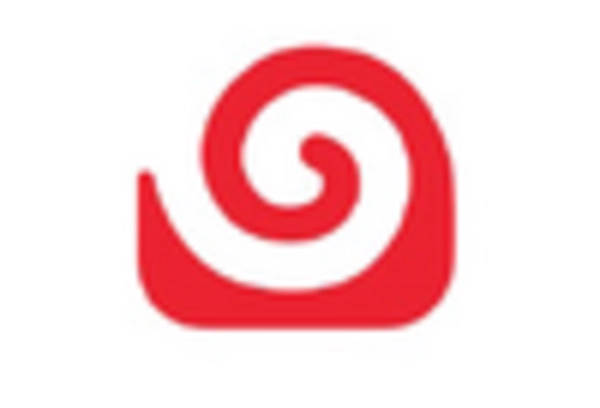
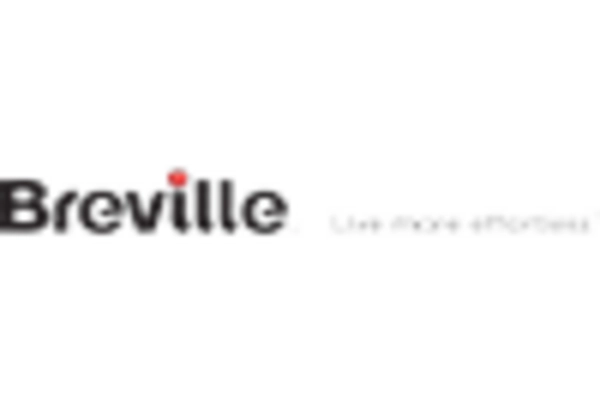
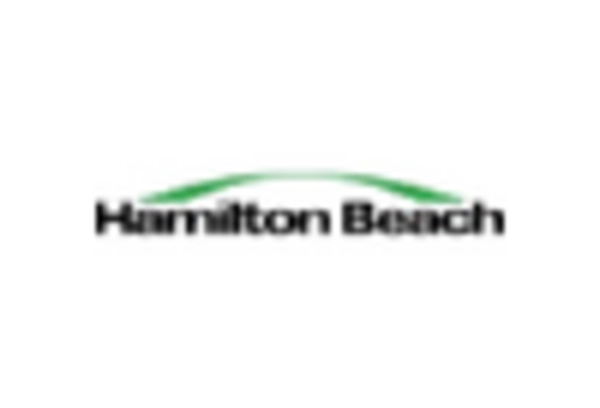
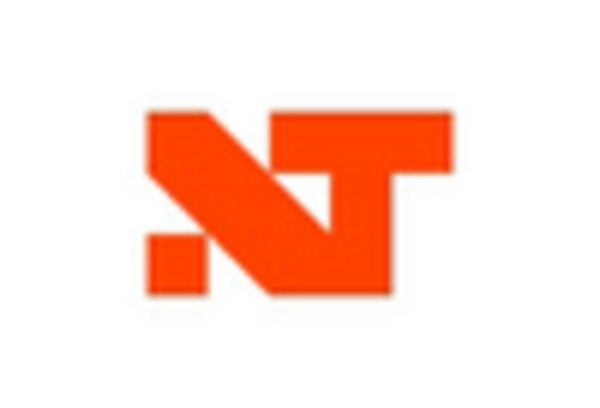
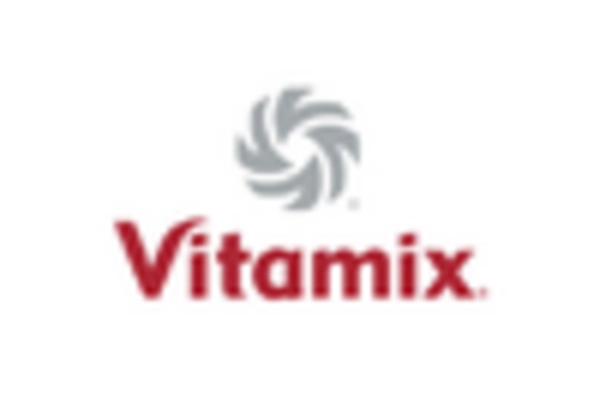
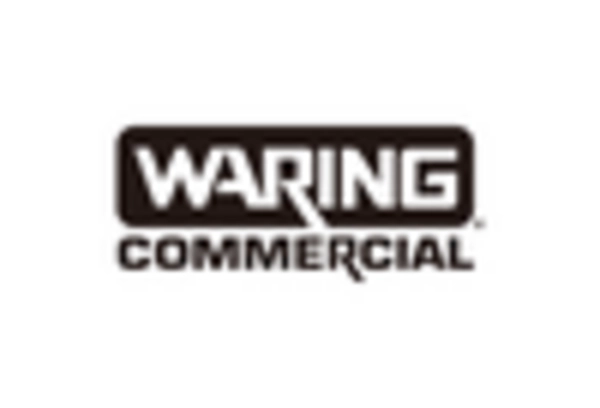








Leave a Comment